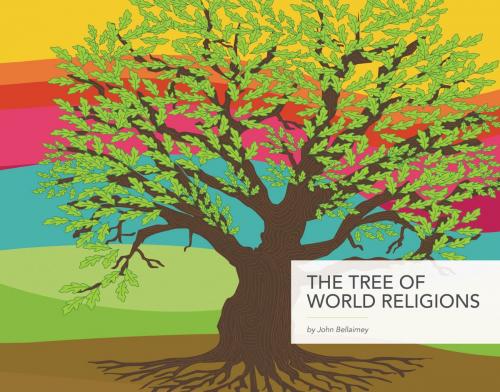The Tree of World Religions, Second Edition
Nonfiction, Religion & Spirituality, Reference, Education, Comparative Religion, Philosophy| Author: | John Bellaimey | ISBN: | 9781641800068 |
| Publisher: | Front Edge Publishing | Publication: | May 27, 2018 |
| Imprint: | Language: | English |
| Author: | John Bellaimey |
| ISBN: | 9781641800068 |
| Publisher: | Front Edge Publishing |
| Publication: | May 27, 2018 |
| Imprint: | |
| Language: | English |
In this full color book, John Bellaimey explores twenty of the world’s religions from Hinduism to Rastafarianism, following Karen Armstrong’s developmental model of religion as a human cultural dimension. Beginning with a section on the roots of the “tree of world religions,” Bellaimey considers the sources, preoccupations, dimensions, and meanings of human religion in our history. He then surveys polytheistic religions like Maya, Norse, and Canaanite and the great shift Jaspers called the Axial Age. Axial sages like Socrates, Laozi, the Buddha, and the Hebrew Prophets moved religion from mostly-supernatural to mostly-humanistic, shifting the focus on God’s inscrutable Otherness to God’s increasing insistence on ethical behavior as the highest form of worship. A section on the three monotheistic faiths of Abraham follows, and the book ends with a selection of newer faiths, such as Sikh, Baha’i, Ahmadiyya, and Latter-Day Saints.
First published in 2014 as a more permanent version of his 25-year high school world religions readings, the 2018 edition is completely revised with photographs from a year-long sabbatical journey to 22 countries during the 2016-2017 school year.
In this full color book, John Bellaimey explores twenty of the world’s religions from Hinduism to Rastafarianism, following Karen Armstrong’s developmental model of religion as a human cultural dimension. Beginning with a section on the roots of the “tree of world religions,” Bellaimey considers the sources, preoccupations, dimensions, and meanings of human religion in our history. He then surveys polytheistic religions like Maya, Norse, and Canaanite and the great shift Jaspers called the Axial Age. Axial sages like Socrates, Laozi, the Buddha, and the Hebrew Prophets moved religion from mostly-supernatural to mostly-humanistic, shifting the focus on God’s inscrutable Otherness to God’s increasing insistence on ethical behavior as the highest form of worship. A section on the three monotheistic faiths of Abraham follows, and the book ends with a selection of newer faiths, such as Sikh, Baha’i, Ahmadiyya, and Latter-Day Saints.
First published in 2014 as a more permanent version of his 25-year high school world religions readings, the 2018 edition is completely revised with photographs from a year-long sabbatical journey to 22 countries during the 2016-2017 school year.















